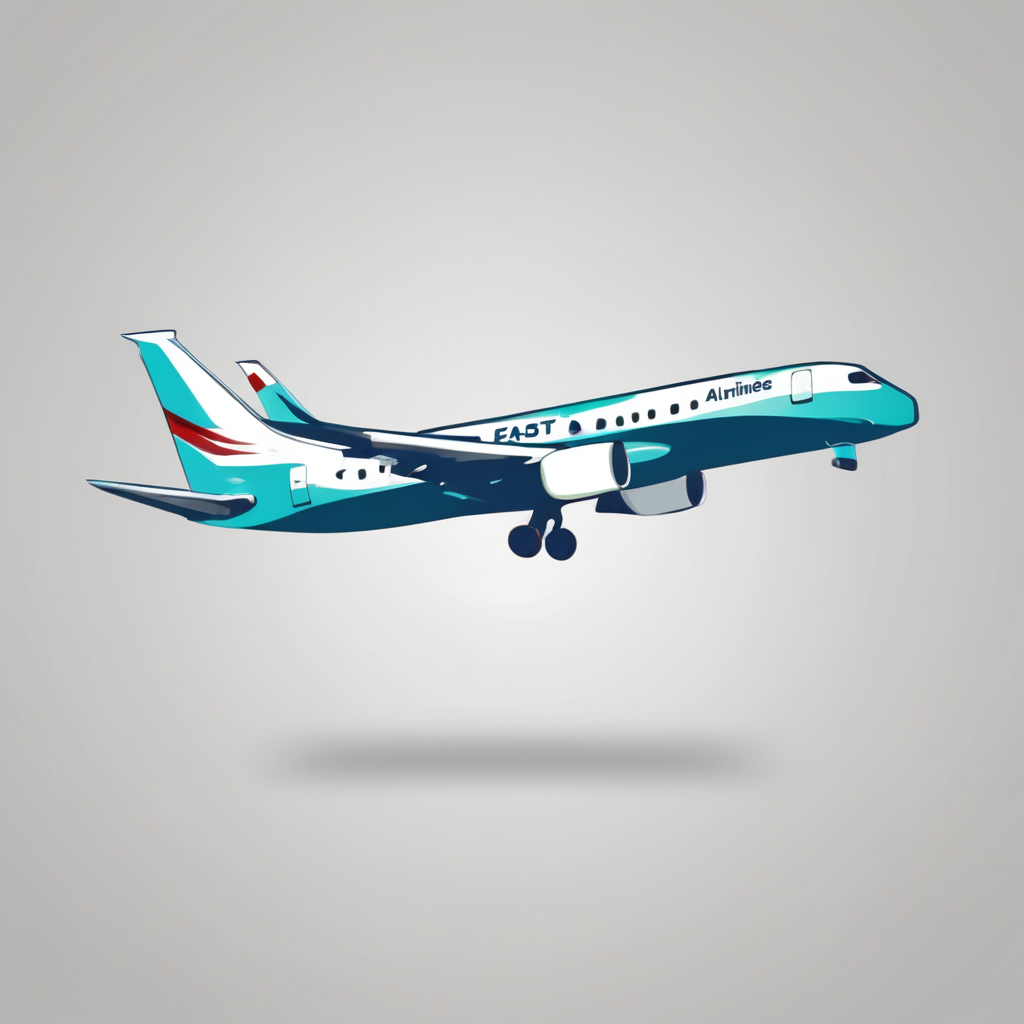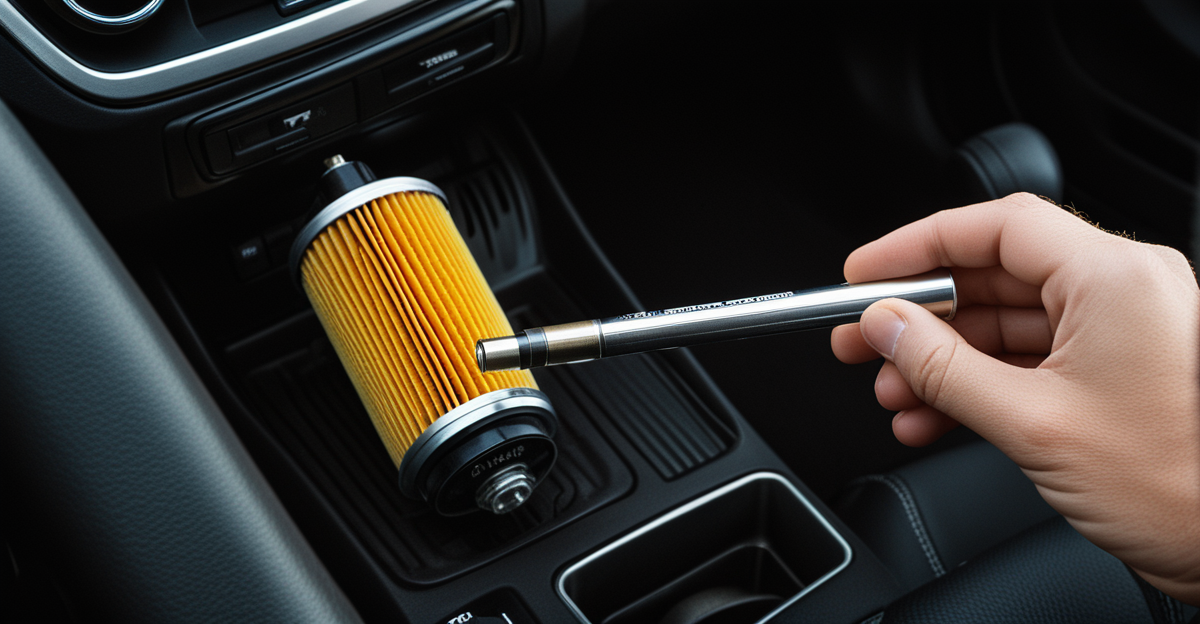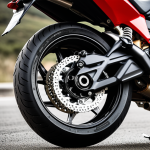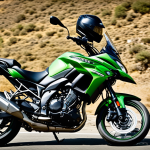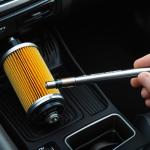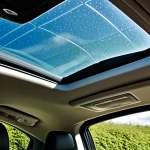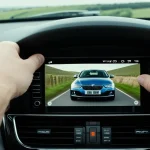Immediate Safety Precautions Before Starting Fuel Filter Replacement
Before beginning any fuel filter replacement, prioritizing fuel filter safety is critical to protect yourself and your vehicle. First and foremost, equip yourself with essential personal protective equipment such as safety goggles and gloves. These prevent exposure to harmful petrol vapors and accidental splashes, which are common risks during petrol car maintenance safety tasks.
Next, ensure you perform the work in a well-ventilated, spark-free environment. Petrol fumes are highly flammable, so any ignition sources including open flames, sparks, or electronic devices must be kept away. This careful preparation for DIY car repair not only reduces fire risk but also minimizes inhalation of toxic fumes.
Additionally, properly depressurizing the fuel system before removing the fuel filter is vital. Pressure within the fuel lines can cause petrol sprays that may lead to injury or fire. The safest method involves consulting your vehicle’s manual or a reliable guide to locate the fuel pump fuse or relay, then running the engine until it stalls to release pressure. Completing these prudent steps ensures safety and smooth operation throughout your petrol car maintenance safety procedure.
Identifying Signs of a Failing Fuel Filter in Petrol Cars
Identifying the symptoms of a bad fuel filter early is essential in fuel system troubleshooting to avoid more severe engine damage. Common warning signs include engine misfires, poor acceleration, and unexpected stalling. When these symptoms occur, it’s crucial to consider the fuel filter as a potential culprit.
In parallel : Essential Safety Tips for Effortlessly Installing a GPS Tracking System in Your Vehicle
A failing filter often results from contaminated fuel entering the system or neglecting regular replacement. Over time, dirt, rust, and debris accumulate, restricting fuel flow and causing poor engine performance. Recognizing these symptoms of a bad fuel filter can prompt timely maintenance and prevent costly repairs.
The question often arises: When to replace the fuel filter? If your petrol car shows sluggish acceleration or stalls at idle without another clear cause, it’s time to check the filter. Additionally, if the filter hasn’t been changed according to the manufacturer’s schedule or has been exposed to poor fuel quality, replacement is advised.
Determining if clogging is the issue often involves a combination of visual inspection and testing fuel pressure. A clogged filter reduces system pressure, which impacts engine efficiency. By paying attention to these signs and acting promptly, you can maintain optimal performance and extend your fuel system’s lifespan.
Tools, Replacement Parts, and Visual Guides
When preparing for a fuel filter replacement, having the right tools for fuel filter replacement is crucial. Commonly required are a socket set, wrenches, fuel line disconnect tools, and safety gear like gloves and goggles to ensure fuel filter safety during the task. These tools prevent damage to fuel lines and ensure a secure installation.
Selecting the correct replacement fuel filter kit is equally important. Not all filters fit every petrol car; vehicle-specific compatibility ensures proper fuel flow and prevents leaks or engine issues. Always verify the part number with your car’s manual or reliable databases to match the new filter accurately.
For those undertaking a DIY project, visual step-by-step fuel filter replacement guides are invaluable. Clear images or videos demonstrate precise methods and identify parts, reducing user errors. Watching these resources can boost confidence and complement written instructions, especially for complex models.
By combining the right tools, a suitable replacement kit, and quality visual guides, petrol car maintenance safety improves significantly. These measures reduce mistakes and ensure the replacement proceeds smoothly without damage or fuel leaks. Remember, preparation with these essentials sets a strong foundation for successful, safe DIY fuel filter swaps.
Immediate Safety Precautions Before Starting Fuel Filter Replacement
Before starting any fuel filter replacement, adhering to strict fuel filter safety is paramount. The first step involves using essential personal protective equipment. This includes gloves to protect skin from harsh petrol chemicals and safety goggles to shield eyes from unexpected fuel sprays. These precautions reduce risks connected to spills and vapors during petrol car maintenance safety routines.
Working in a well-ventilated, spark-free environment is equally crucial. Petrol vapors are highly flammable. Thus, completing your preparation for DIY car repair in open-air spaces or near ventilation fans minimizes inhalation hazards while eliminating potential ignition sources such as open flames or electrical sparks.
Another vital safety aspect is safely depressurizing the fuel system before removing the filter. The pressurized fuel lines can release sprays that pose fire and injury risks. Experts recommend following manufacturer procedures, commonly involving locating and removing the fuel pump fuse or relay, then running the engine until it stalls—this relieves pressure within fuel lines safely.
Combining proper personal protective equipment, a ventilated workspace, and exact fuel system depressurization methods defines good petrol car maintenance safety practice. These steps significantly reduce accidents and prepare you for a smooth, secure fuel filter replacement.
Immediate Safety Precautions Before Starting Fuel Filter Replacement
Before any fuel filter replacement, proper fuel filter safety is crucial to prevent injury and damage. Essential personal protective equipment includes gloves and safety goggles, which shield your skin and eyes from harmful petrol exposure. This equipment is a key part of effective petrol car maintenance safety.
Working in a well-ventilated, spark-free environment is equally important. Petrol vapors are highly flammable, so open flames, sparks, or devices emitting electrical pulses must be avoided. Performing your preparation for DIY car repair in a garage with adequate airflow or outside minimizes inhalation risks and the chance of ignition.
Depressurizing the fuel system is another vital safety step before removing the fuel filter. This involves safely releasing pressure in the fuel lines to avoid sudden sprays of petrol. Typically, the procedure includes locating the fuel pump fuse or relay, removing it, and running the engine until it stalls. These actions reduce line pressure and create a safer working condition.
Incorporating these fuel filter safety protocols—PPE use, controlled workspace, and pressure relief—is essential preparation for DIY car repair and ensures a secure fuel filter replacement process.
Immediate Safety Precautions Before Starting Fuel Filter Replacement
Ensuring fuel filter safety begins with selecting the right personal protective equipment. Gloves are essential to prevent skin contact with harmful petrol residues. Equally important are safety goggles, which protect your eyes from unexpected fuel sprays during the replacement process. This equipment is key in maintaining strict petrol car maintenance safety standards.
Choosing the right environment for your work significantly affects safety. A well-ventilated, spark-free environment is indispensable because petrol vapors are highly flammable. Performing your preparation for DIY car repair in spaces with good airflow, free from ignition sources like open flames or electrical sparks, greatly mitigates fire hazards.
Another critical safety measure involves properly depressurizing the fuel system before removing the filter. This step prevents sudden petrol sprays that can cause injury or fires. The safest method typically includes locating the fuel pump fuse or relay, removing it, then running the engine until it stalls to release pressure in the fuel lines. Following manufacturer directions ensures this process is done correctly.
By combining careful use of protective gear, a safe work environment, and correct fuel system depressurization, you create a secure foundation for effective and hazard-free fuel filter replacement.
Immediate Safety Precautions Before Starting Fuel Filter Replacement
Ensuring fuel filter safety starts with using essential personal protective equipment. Gloves safeguard your skin from harmful petrol exposure, while safety goggles shield your eyes from unexpected sprays during the replacement. Proper PPE is a foundational element of effective petrol car maintenance safety, preventing injury throughout the process.
Equally critical is choosing a well-ventilated, spark-free environment. Petrol vapors are extremely flammable; thus, all ignition sources such as open flames, welding equipment, or electrical sparks must be strictly avoided. Performing your preparation for DIY car repair in open or ventilated spaces reduces fire hazards and helps avoid inhaling toxic fumes, enhancing overall safety.
Another vital precaution involves safely depressurizing the fuel system before removing the filter. Pressure in the fuel lines can cause petrol to spray unexpectedly, posing risks of fire and injury. The recommended method includes locating the fuel pump fuse or relay, removing it, and then running the engine until it stalls. This procedure carefully releases built-up pressure, providing a safe working environment.
By combining the right protective gear, a controlled workspace, and proper fuel system depressurization, you create the safest conditions for a smooth and secure fuel filter replacement.
